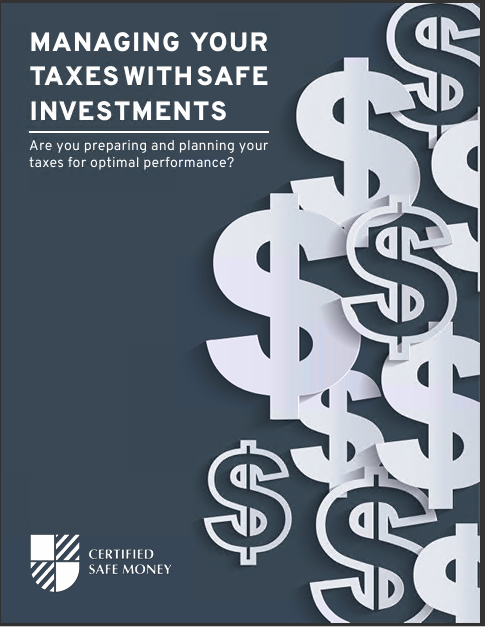Reasons Why You Should Open a Roth IRA When it comes to making retirement savings, you have a lot of alternatives. There are various IRAs, including 401(k)s, Thrift Savings Plans (TSP), and 403(b)s. Even though you may build wealth, gather money, and live well in retirement with these savings plans, Roth IRA is the only one that allows you to take tax-free distributions. It is beneficial if you’re elderly, have a limited income, and may be subject to increased income taxes. Below are what you need to understand about these essential retirement accounts types. What are Roth IRAs? Roth IRAs are individualized retirement accounts, and you can establish such accounts using after-tax money or previously-taxed money. It implies that you won’t have to pay tax anytime you remove money from your account, even when there is a change in your tax bracket. As a result, Roth IRAs may be beneficial for people who are just beginning out in their professions, as they give their assets more time to develop (and your tax bracket may be lower when you start to save). “Roth IRA is an individualized retirement account where you currently pay taxes instead of later,” explains Hannah Whatley, a Wealth Management Advisor and CFP. “The best part is that profits will continue to increase without tax. This is particularly beneficial for young people, who are not in their prime earning years but still have enough time to multiply their tax-free gains.” Anyone with earned money may create the Roth IRA account, which is among the various methods to finance this account. Select a brokerage, and choose a professional who will assist you with opening an account using your name and other details. After that, you may begin to finance your account, select investments, and plan for retirement. How does Roth IRA Work? Post-tax funds are used to fund Roth IRAs. You may use the money in your account to invest in stocks, bonds, mutual funds, ETFs, and other similar assets after it’s been filled. As the value of these assets increases, so does the value of the Roth IRA balance. You can take from this balance when you retire. Sean Burke, a Wealth Advisor, says, “I am asked regularly, ‘What is the return of a Roth IRA?'” Here is his response, “Roth IRAs are nothing more than a tax-deferred shell. You may invest in a variety of securities from inside that shell. The performance of your existing investments determines the return on your Roth IRA.” One can fund Roth IRAs in a variety of ways. These are some of them: • Direct contributions: Contributions may be made directly from your bank account via a cheque or an electronic payments transfer. • Contributions in your spouse’s name: Suppose you are making a joint tax return filing, and you earn less income than your spouse; in that case, you may contribute to their Roth IRA (and vice versa). • Rollover: Money from employer-sponsored retirement plans such as 401(k)s may be transferred into your Roth IRA. • Conversions: An entire conventional IRA account may be converted to the Roth IRA. It is known as a “backdoor” form of Roth IRA since it allows you to evade contribution limitations. Remember that you’ll pay income tax on funds you transfer or convert with renewals and conversions. Withdrawal Rules for Roth IRA While it may be possible to access your assets early, you will have to pay a penalty of 10% if you are younger than 59½ years old. If it’s any consolation, the 10% withdrawal fee is significantly lower than 401(k)s and IRAs and are subject to income taxes upon withdrawal. However, Roth IRAs are different from traditional IRAs in one other important aspect. If you are younger than 59½, withdrawing any earnings before retirement will result in a 10% penalty on top of your income tax rate. “You also have to be careful about accessing the money if you are younger than 59½,” says Burke. “If anything is withdrawn from the account before then, there is a 10% penalty on the earnings.” In many cases, this means that you can take up to four years’ worth of contributions out at once without incurring a fee. But anything else will come with a hefty price tag. Roth IRAs Contribution Annual Limits The annual contribution limit for a Roth IRA is $5,500 if you’re younger than 50 or $6,500 if you’re older. However, the IRS also provides an allowance of up to $1,000 in “catch-up” contributions for individuals aged 50 and over. These limits are independent of your employer’s limits on 401(k)s or other qualified retirement plans. For instance, you can be fully funded at work but only contribute half of what is permitted to an IRA.
Contact Information:
Email: kdw13@msn.com
Phone: 9143022300














